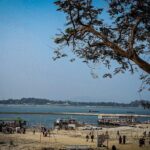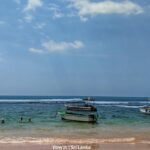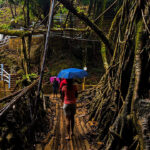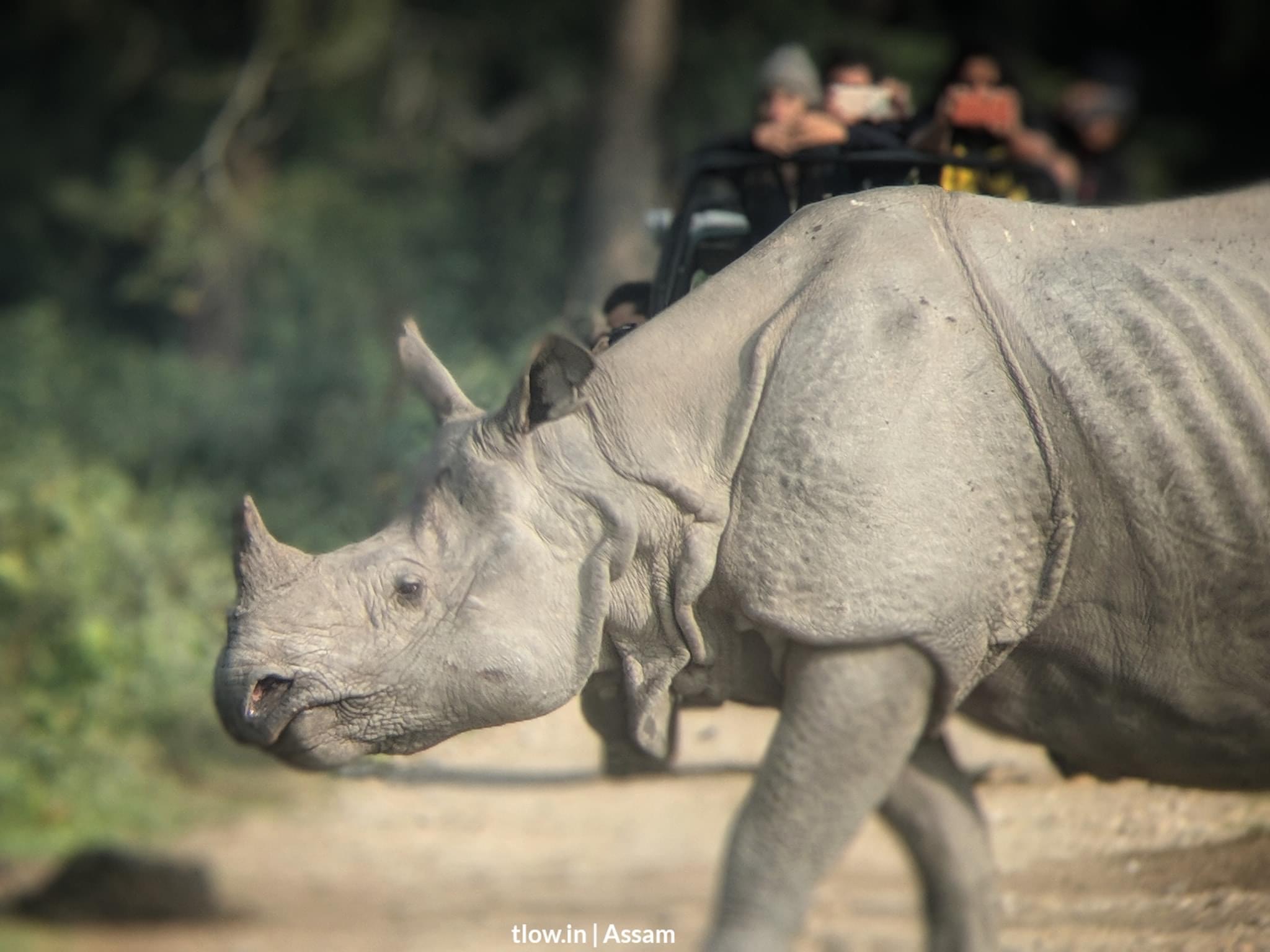
0
Ten facts about Kaziranga National Park, Assam
Kaziranga National Park is a 170 square mile park located in Assam, India. The park was established in 1908 as a forest reserve. It had previously been declared the Kaziranga Proposed Reserve Forest in 1905 due to the Viceroy of India’s wife Mary Curzon’s concern about the lack of rhinos.
- Kaziranga was originally 90 square miles in size when it was created in 1905. It expanded over the years until it reached its current size.
- In the last several decades, there have been issues with river overflows killing wildlife and man destroying portions of the forest.
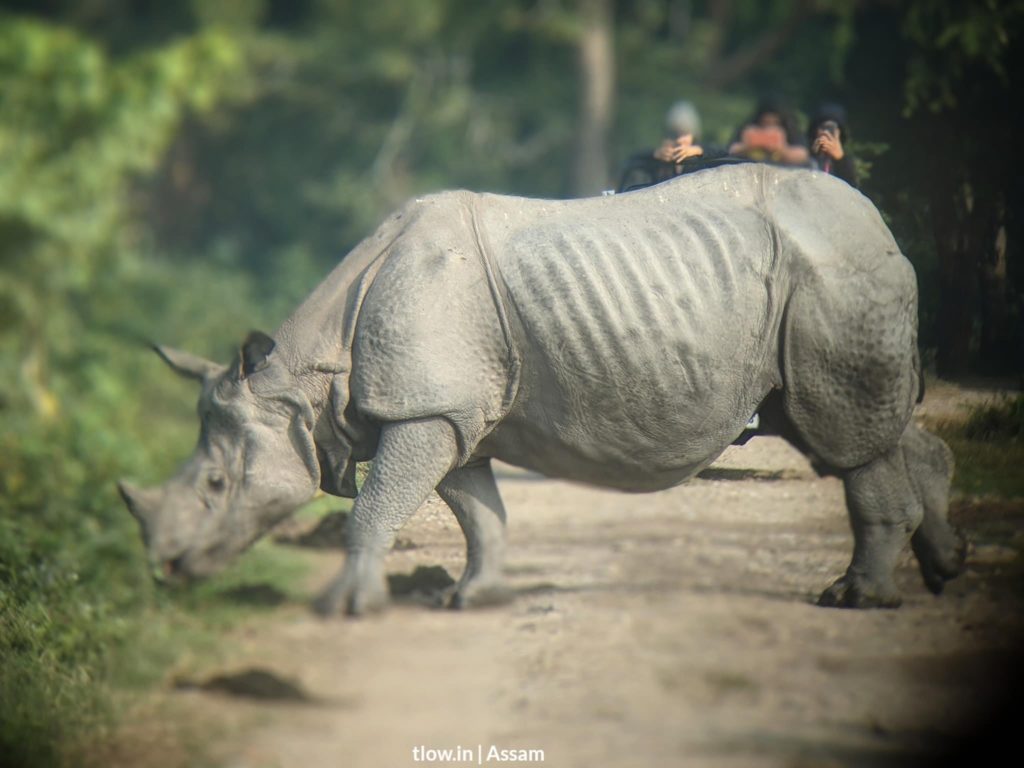
- The rhino population in Kaziranga National Park contains two-thirds of the great one-horned rhinos in the world. The population in 2015 was 2,401 and included 1,651 adults, 294 sub-adults, 251 juveniles, and 205 rhino cubs.
- Elephants, swamp deer, and wild water buffalo breeding populations live in Kaziranga National Park.
- Among the protected areas of the world, Kaziranga National Park contains the largest density of tigers. In 2006, it was declared a tiger reserve.
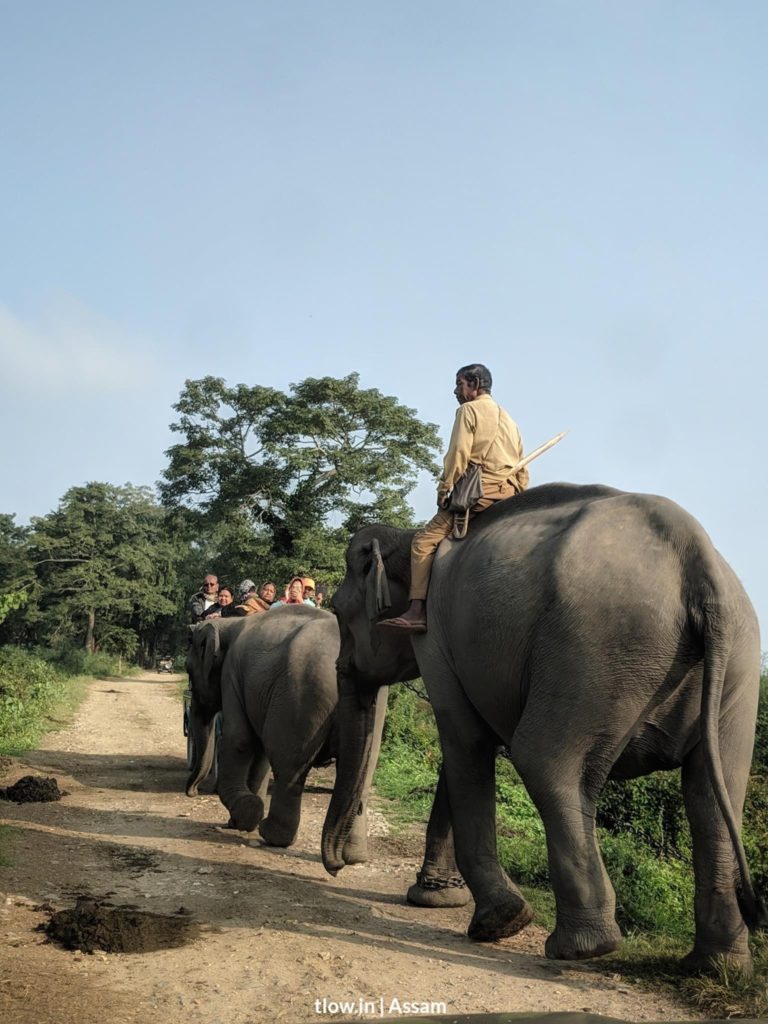
- Kaziranga National Park is considered to have achieved a great deal of success in wildlife conservation when compared to India’s other protected areas
- There are 35 mammal species in Kaziranga National Park. Around 15 are listed as threatened species. Some of the mammals include elephants, wild Asiatic water buffaloes, swamp deer, great one-horned rhinos, wild boar, Indian tigers, leopards, fishing cats, jungle cats, Bengal foxes, and flying squirrels, among many others.
- The landscape of Kaziranga National Park includes marshes, very dense moist broadleaf tropical forests, elephant grass expanses, rivers, and small water bodies.
- Four major rivers cross Kaziranga National Park including Brahmaputra, Diphlu, Mora Dhansiri, and Mora Diphlu.
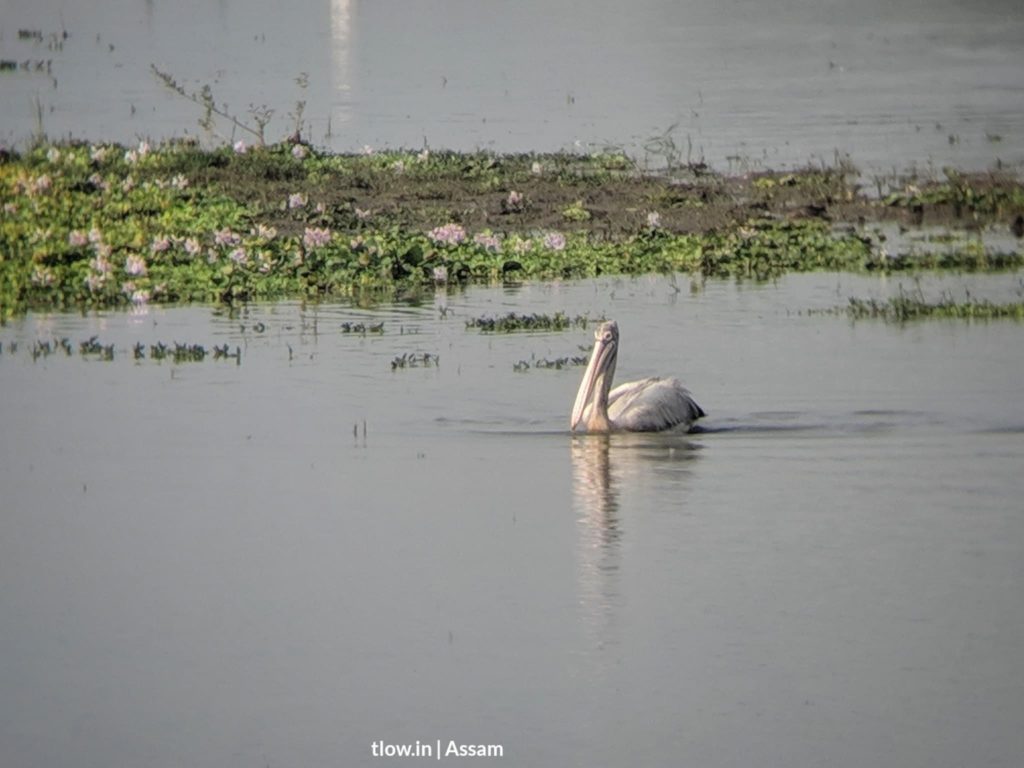
- Four main vegetation types can be found in Kaziranga National Park including tropical mixed moist deciduous forests, alluvial savanna woodlands, tropical semi-evergreen forests, and alluvial inundated grasslands
- When flooding occurs wildlife populations suffer. Animals either drown or many move to higher ground which is often outside of the protection of the park which can result in them being hunted or hit by vehicles on roadways.
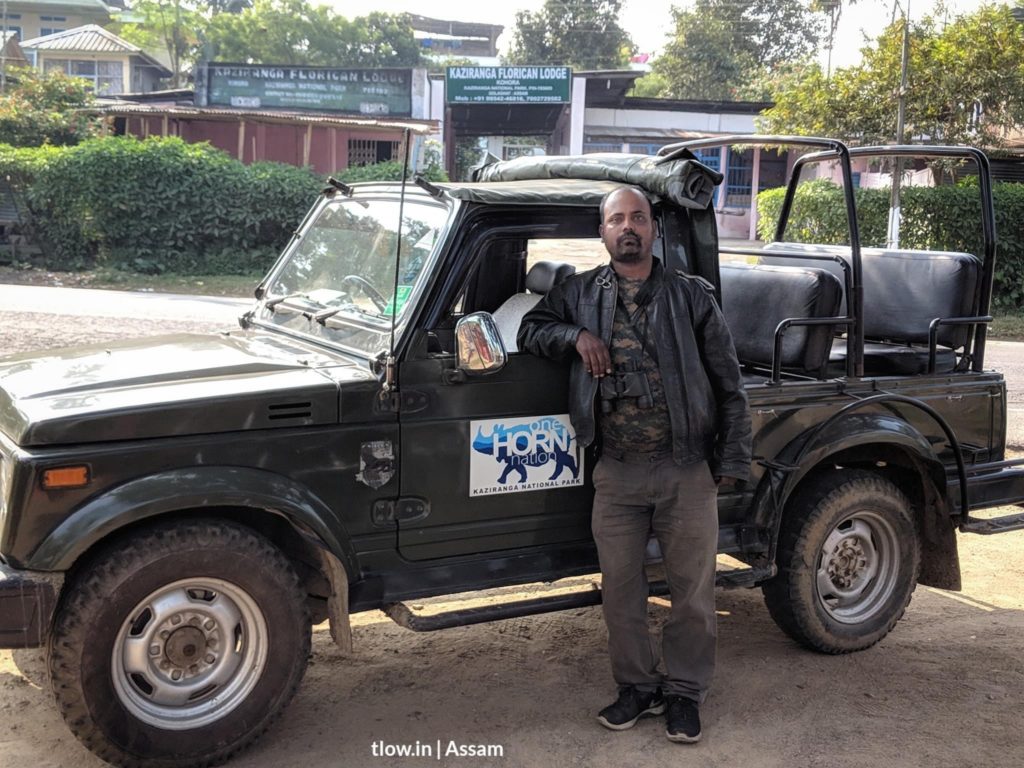
- The population in the area around Kaziranga National Park is very dense, and includes 39 villages and 50,000 households, which also helps to serve the eco-tourism industry.
- Wildlife viewing and bird watching are two of the main activities that tourists take part in. Hiking is not allowed because of the potential for encounters with wildlife but tours can be done via jeeps or even by an elephant. All travellers in the park must be guided by an authorized guide even if in their own vehicle.
- Kaziranga National Park has been featured in several popular media forms including films, poetry, books, and music.
–>For a similar experience, >>Click here

